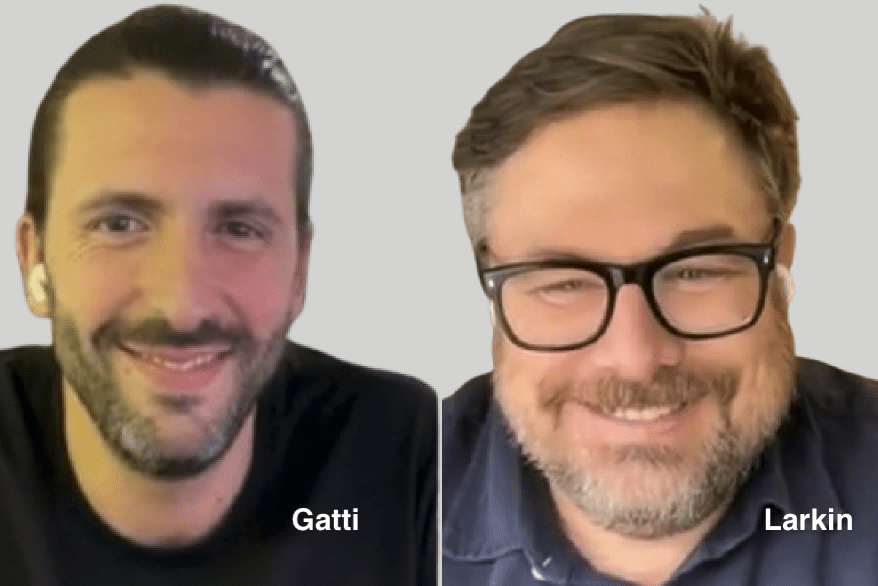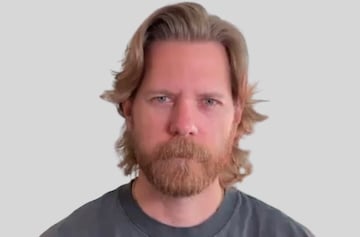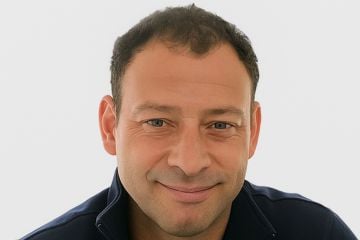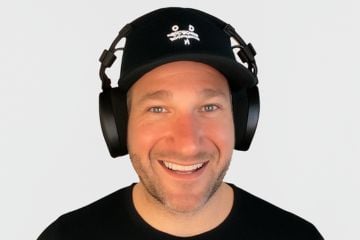CFO Shifts to Menswear, Egyptian Roots
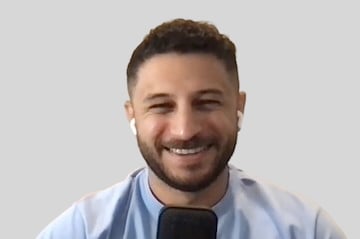
In 2020, Karim Abed was the chief financial officer for a Texas-based home builder. The job paid well, he says, but he yearned to launch his own business and reconnect with his Egyptian heritage.
Fast forward to 2025, and that business is WYR, a men’s apparel brand utilizing Giza cotton, the storied fabric, and small Egypt-based factories. The company is thriving.
In our recent conversation, Karim addressed WYR’s initial struggles, subsequent growth, and, yes, the benefits of Egyptian cotton and craftspeople.
Our entire audio is embedded below. The transcript is condensed and edited for quality.
Eric Bandholz: Tell us who you are and what you do.
Karim Abed: I’m the founder of WYR, a men’s premium clothing brand launched in 2020. My girlfriend, now my wife, suggested WYR, shorthand for “what you’d rather” wear. I loved the simplicity and stuck with it.
Before WYR, I spent nearly a decade in Texas working in finance, eventually as the chief financial officer for a real estate division of a home builder. It was financially rewarding, but I wanted to create something of my own.
I eventually decided on clothing because of family connections in Egypt. I hoped to reconnect with my culture and heritage while producing quality items — shirts, pants, boxers — using Egyptian cotton, a renowned product.
In January 2020, just before the pandemic, I traveled to Egypt with fabric samples and refined patterns that I had worked on for six months, and I launched in July of that year.
I learned from mistakes. I kept my finance job to fund the business, so I could afford to lose a few bucks. We lost a good amount of money in the first and second years. Covid unexpectedly helped by letting me work from home and focus on WYR after hours.
Bandholz: When did you commit fully to the apparel company?
Abed: We sold only 1,000 units in the first six months and generated only $20,000 in revenue during the first year. Once I refined our selling proposition — premium Giza cotton, precise fit, great reviews — sales exploded. Revenue jumped to nearly $1 million in year two. That growth gave me the confidence to go full-time.
Many apparel brands order from large factories, often in Eastern Europe. I chose a different path. I source in Egypt and work with small artisan-run workshops instead of big manufacturers. A craftsman with 35 years’ experience leads our main facility. He still sews and manages a 15-person team.
Partnering with these artisans ensures meticulous quality and allows for custom details such as curved hems, unique stitching, and tailored armholes that large factories wouldn’t accommodate. We provide them enough business to focus solely on WYR.
To maintain standards, we added our own quality control team to these small factories. This hands-on approach lets us preserve the craftsmanship and fit that define our brand while scaling production responsibly.
All told, we utilize six factories, depending on demand. Each specializes in a skill. For example, one focuses on chinos because it has the right machinery for twill cotton, while another handles our curved hems, which require precise stitching. We match each product to the facility best suited for that craft.
This network took months to build. Through my wife’s family connections, I met an experienced production manager who joined our team. He helped us test numerous small workshops, dropping those that didn’t meet standards and adding new ones as needed.
Today, we have eight staff members in Egypt, including managers for quality control, inventory, and production. We also maintain a small warehouse. We operate lean, producing on an as-needed basis. Owning our yarn allows us to stay flexible and keep a tight inventory while ensuring consistent quality.
Bandholz: What’s the difference between Egyptian and Giza cotton?
Abed: Giza is a specific, long-staple strain of Egyptian cotton, graded by location and fiber type. It’s rare and government-regulated. Most “Egyptian cotton” products aren’t truly Giza. We secure production by reserving about 10 tons of yarn from a trusted textile mill and verifying it ourselves.
Consumers may think a t-shirt is machine-made start to finish, but for us, skilled labor is critical. Drawing and layering patterns, precise cutting, and careful sewing all affect the final quality. Every step — from picking the cotton to spinning, dyeing, and sewing — happens in Egypt.
Our cotton is expensive. It’s the highest input cost for our shirts. Cheaper alternatives are available in countries such as China, Bangladesh, and India. China, in particular, excels at synthetic athletic fabrics. But for authentic Giza cotton quality, Egypt is unmatched.
Bandholz: You’ve succeeded with apparel, a competitive industry.
Abed: The challenge was convincing consumers — who can’t feel our shirts online — of their value. We relied heavily on ads with quick, attention-grabbing messages about our fit, Giza cotton fabric, and simple, logo-free style. That built enough trust and reviews to drive repeat purchases, which remain our biggest growth engine.
Going viral isn’t realistic for minimalist basics. Our appeal is understated comfort and timeless quality, not flashy logos. Instead, we focus on steady customer acquisition and retention.
Early on, I hired several marketing agencies, but none cared as much as I did. With my finance and analytical background, I realized I could manage most of it myself. Now I handle ad strategy with one team member, outsourcing only content creation. For promotions such as Black Friday, we plan campaigns, drop the creative into our ads, and closely monitor performance.
Bandholz: How do you find content creators?
Abed: We produce podcast episodes in-house. Agencies create humorous ads, and our customers generate reviews and testimonials. I find creators on Instagram who match our minimalist vibe, then invite them to make authentic posts.
Surprisingly, simple flat-lay photos — just a well-styled shirt and pants — perform exceptionally well, although they’re difficult to shoot, so we outsource some of that work. The key is constant iteration and diverse creative sources to keep ads fresh.
I prefer creators who genuinely like our shirts, rather than those chasing paychecks. Some accept products in exchange for content. I avoid expensive “pay-to-play” deals because audiences can sense inauthenticity.
We briefly tried a large public relations agency for exposure, but it felt out of brand. I’d rather grow grassroots than pay athletes or influencers five-figure sums for sponsorships. Authenticity matters more than big-name endorsements.
Bandholz: What’s your next growth stage?
Abed: We intend to scale carefully. Having a single factory focused solely on us would be excellent. I’ve even toyed with opening my own facility, but that’s an entirely different business.
In a perfect world, I’d own every part of the supply chain, from production to selling. That gives customers the highest value and ensures the best quality. But I also value my life outside of work and want time with my family.
I’m not a fan of the “grow first, profit later” mindset. Some founders run losses for years before turning cash flow positive. I believe a business should prove itself within two or three years. Scaling takes steps. You can’t jump overnight from selling 200,000 shirts annually to 2 million. The supply chain must expand methodically to maintain quality.
Bandholz: Where can people buy your shirts or reach out?
Abed: Our site is Wyrwear.com. We’re also on Instagram. I’m on LinkedIn.

